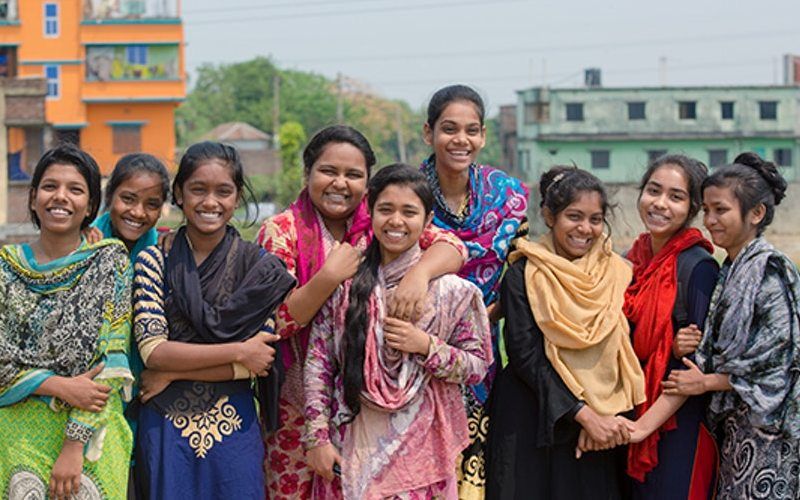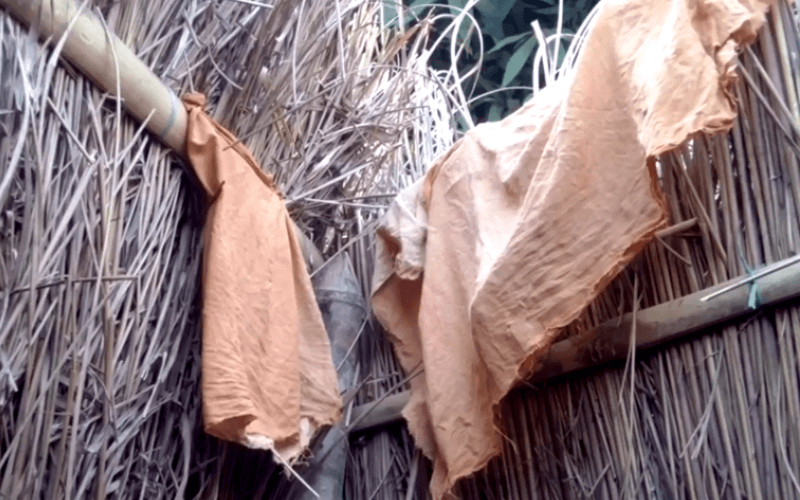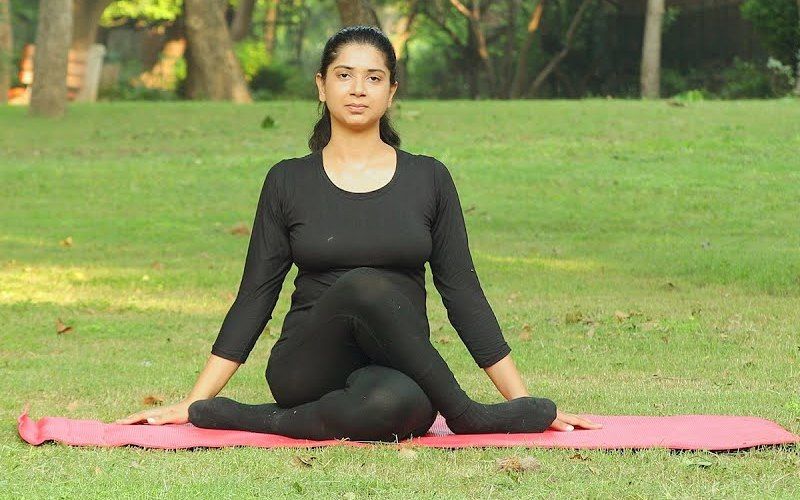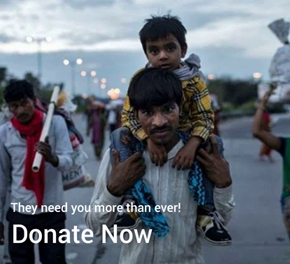Breaking Taboos of Menstruation! Why is it not only a Women Issue
Women are a basic part of what makes a society successful, and only through supporting and powering them can make a country so strong. There are 355 million menstruating women in the country, 30 percent of the country’s public. Among them 82 percent are using unhygienic methods of managing periods. With only 18 percent of women using sanitary pads.

Diseases related to Menstrual Hygiene
Nearly 60,000 cases of cervical cancer deaths are reported every year from India. Out of which two-thirds of which is due to poor menstrual hygiene. Other health problems related to menstrual hygiene like anemia, infections of reproductive areas, apart from it psychological problems such as anxiety.
Many studies in India and elsewhere have confessed that many Teenage girls believe that doing exercise during menses raise the dysmenorrheal. Meanwhile, real exercise can help lighten the menstruating women with symptoms of premenstrual syndrome and dysmenorrheal.
Menstruation challenges faced by rural women
During menstruation, maintaining hygiene is the most important task. Usually, in the rural areas of India here women still face hygiene challenges especially when it comes to menstruation. Lack of financial resources is a big problem of buying sanitary napkins for personal hygiene. The use of cloth holds the menstrual blood results in the collection of germs even if it is washed regularly.

Lack of Awareness
Many mothers were themselves unaware of menstrual hygiene management. Nearly 23 million girls drop out of school annually due to lack of proper menstrual hygiene management facilities. In short, only 2 to 3 percent of women in rural India are rated to use sanitary napkins.
A 2014 UNICEF report pointed out that in Tamil Nadu, 79 percent of girls and women were unaware of menstrual hygiene practices.
Fact:
66% in Uttar Pradesh, 55% in Rajasthan and 50% in West Bengal.
The illiteracy rate of Women
65 percent Indian women are literate. The reason for school failures has nothing to do with Sanitary Napkins or toilets. According to the report of 2015-2016, 82% young woman in Bihar still depends on clothes for protection.
Did You Know?
In India, the usage of Sanitary Napkins among rural Indian women ranges between 35% to 57%. It is higher among rural teenage girls and goes around 80%.
Taboos related to menstruation
Myths about menstruation are largely common, with 71 percent of girls in India having no knowledge of menstruation before their first period.
.jpg)
These are some common taboos which are related to our Indian culture.
1) Women who are on their period sleeping away from the rest of the family and even discouraged from worshipping in temples.
2) Traditional and religious taboos on menstruation- evil spirits, shame, and trouble. In some cultures, women hide their clothes used during menstruation to stop them from being used by evil spirits.
3) Don’t Wash Your Hair or Take a Bath When You’re Menstruating.
Health practices should be adopted
Healthy practices are important for health and well being of individuals. The menstrual period is one such time when females are expected to take hygienic practices. Here are some tips every woman must be aware of:
1) Choose the right type of sanitation.
2) Change pads regularly.
3) Bath daily.
4) Cleanse properly.
Vitamin C: Red and green peppers, pineapple, strawberries, broccoli, cauliflower.
Yoga Practices for avoiding unacceptable cramps and pain
Your period changes your energy and mood. Generally, these asana helps you in the menstrual cycle;

1) Baddha konasana (the cobbler’s pose)
2) Janu sirs asana (head to knee pose)
3) Upavistha konasana (seated straddle)
4) Paschimottanasana
5) Supta Baddha Konasana (goddess pose)
6) Supported Bride pose
What should be the diet during Menstruation?
The amount of blood we lose during menstruation could put us at risk of low iron levels, especially low energy and tiredness. Therefore, it is important to add Vitamin C in your diet. Vitamin C is one of the safest and most effective nutrients for our body.
No doubt these healthy food items below help in nourishing your body:
Iron-rich foods: Spinach, dark leafy greens, red meat.
Vitamin C: Red and green peppers, pineapple, strawberries, broccoli, cauliflower.
Government Schemes for teenage girls for their menstrual cycle
Under the Menstrual Hygiene Scheme -The need for menstrual hygiene among Teenage girls lies primarily in rural areas; Government of India is supporting the Menstrual Hygiene Scheme.
This scheme has the following objectives/aims:
- Increasing awareness among teenage girls on Menstrual Hygiene.
- Improving access and use of high-quality sanitary napkins by teenage girls in rural areas.
- Providing safe disposal of Sanitary Napkins in an environmentally friendly manner.
- Provision of funds to ASHAs to hold a monthly meeting with teenage girls to discuss problems related to menstrual hygiene.
Suvidha Sanitary Napkins
To improve menstrual hygiene practices in India, the government will launch sanitary pads named ’Suvidha’. These sanitary pads will be environmentally friendly as they are biodegradable. Moreover, they will cost half of the price of napkins available in the market.
.jpg)
Conclusion
According to the National Family Health Survey 2015-2016- More than two-thirds of women in urban areas use hygienic methods during periods, but this number is not even half in rural areas.
Knowledge of Menstrual hygiene is important. Poor menstrual hygiene can cause infections in the urinary area and infertility problems.
In rural areas, it is required to improve sanitation and hygiene through a complete program of face-to-face communication between teenage girls and women.







